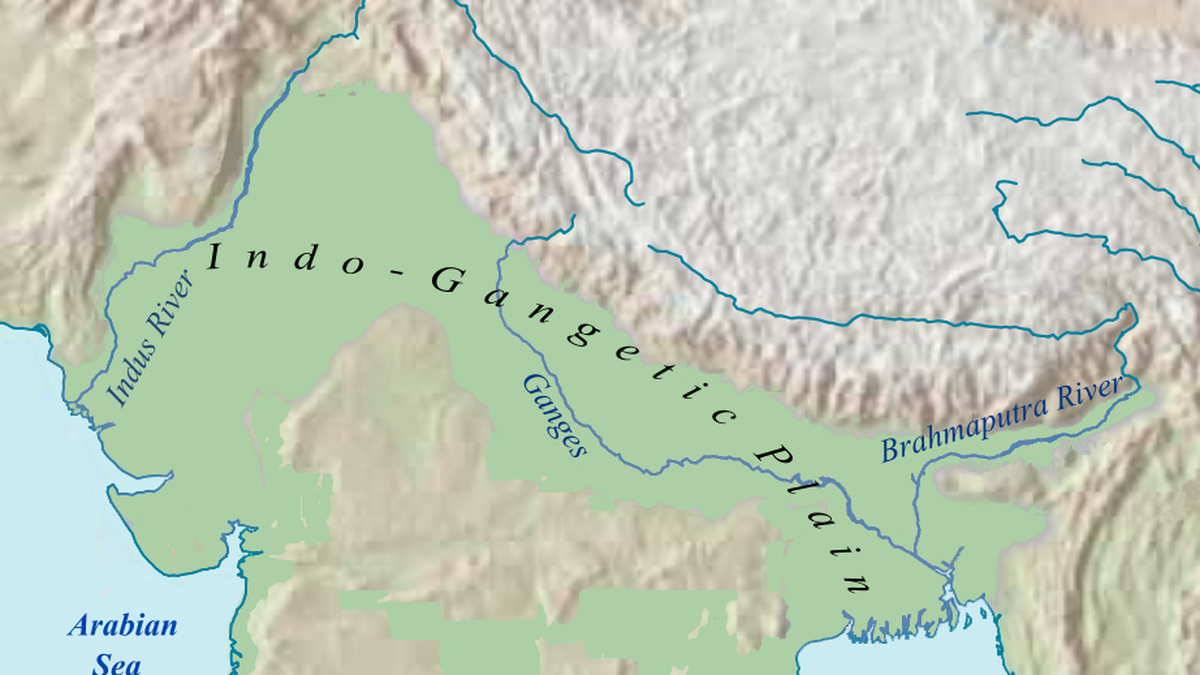Urban Aerosol Clean Islands help northern Indo-Gangetic cities breathe easier
Science & Technology SciencePosted by AI on 2025-07-17 10:30:23 | Last Updated by AI on 2025-12-23 14:05:52
Share: Facebook | Twitter | Whatsapp | Linkedin Visits: 7

Recent studies have shown that certain cities in the northern Indo-Gangetic Plain benefit from a meteorological phenomenon that shields them from long-range aerosol pollution, giving them the name Urban Aerosol Clean Islands. These cities have demonstrated a notably lower quantity of aerosol particles, providing residents with comparatively cleaner air.
The unusual anomaly these cities pose has piqued the interest of researchers and policymakers seeking to enhance environmental sustainability initiatives and alleviate the enduring burden of air pollution. The Indo-Gangetic Plain, a vast region bordering the Himalayas, experiences heavy aerosol loading, primarily from sources such as agricultural activities, combustion, and industrial emissions.
However, cities including Lahore and Islamabad experience a unique microclimate created by their specific topographical conditions and prevailing wind patterns. This microclimate results in the accumulation of cleaner air pockets, leading to lower aerosol levels compared to the surrounding areas. The significance of this phenomenon is far-reaching. These pockets of cleaner air can serve as refuges for vulnerable populations, offering comparatively healthier environments and potentially reducing the risk of respiratory and cardiovascular diseases associated with sustained exposure to air pollution.
The study's authors urge policymakers to consider these unique circumstances when developing air pollution mitigation strategies. By capitalizing on such opportunities, governments can more efficiently allocate resources to maximize the effectiveness of their air quality monitoring and management endeavors. Ultimately, the notion of 'Urban Aerosol Clean Islands' presents a fascinating highlight within the broader context of environmental research and offers a glimmer of optimism in the quest for more breathable, sustainable air.
This promising insight into the unique atmospheric conditions in these cities provides hope for future solutions to the pervasive issue of air pollution and encourages further research to identify and replicate these clean air pockets.
Search
Categories
Recent News
- Hyderabad's Drug Bust: Uncovering an International Cartel
- Hyderabad Braces for Torrential Rains, HYDRAA Issues City-Wide Alert
- Hyderabad Police Step Up Festive Security: Are You Prepared?
- Hyderabad's Traffic Crackdown: A Safer City in the Making?
- Ugandan Woman Deported for Overstaying Visa, Suspected Drug Links
- Ugandan Woman's Visa Overstay Unveils Drug Trafficking Links
- Child Rescues Surge in Rachakonda: A 2025 Safety Report
- Hyderabad's Crime Trends: A Mixed Bag for Women's Safety
Popular News
- Navigating IPO Market Dynamics Amid Volatility and Regulatory Changes
- Innovative Green Practices and Environmental Initiative
- Massive Worldwide Microsoft Outage Disrupts Multiple Sectors
- తెలుగుదేశం పార్టీ - పేదరికాన్ని నిర్మూలించడంలో వాగ్దానం
- Universities Embrace Remote Learning Technologies Amidst Ongoing Pandemic